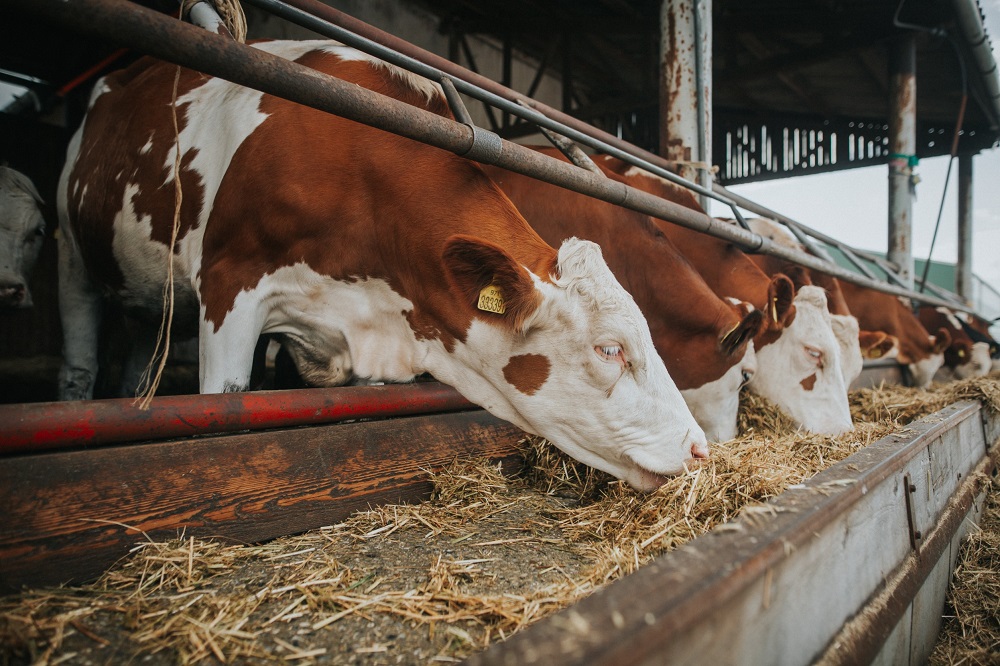The livestock and poultry industries comprise nearly half of South Africa’s farming fortunes. Because of this large size, we worry about the sector when these industries encounter challenges.
One of the persistent challenges of the South African livestock industry is the prevalence of animal diseases. We experienced this challenge most severely from 2022 through 2023 when the cattle industry was affected by foot and mouth disease, the poultry industry by avian influenza, and the pig industry by African swine fever.
For a moment, at the end of 2024, it seemed as if we were receiving a breather from these challenges. But we are not out of the woods. The foot and mouth disease continues to spread in the cattle industry, while thankfully, the pig and poultry industries are in better shape and have somewhat recovered from the disease outbreaks of recent years.
On May 10, South Africa’s Department of Agriculture issued a formal notice about the spreading foot and mouth disease in the cattle industry, stating that:
“Two new cases, outside of KZN, have been confirmed. One farm in Mpumalanga was identified as part of trace-forward exercises from a positive auction in Utrecht, KwaZulu-Natal. Although these animals showed no clinical signs of disease, further investigation has confirmed that the virus has spread to adjacent camps on the same farm. There are no indications that other farms have become infected, but veterinary services continue with clinical inspection and testing of livestock on farms in the area.”
The department further stated that:
“Another farm was reported in Gauteng. Clinical signs suspicious of FMD were noted in a feedlot that received animals from an auction in Heidelberg, and samples were collected and prioritised for testing. Laboratory results for these samples are positive and confirm that this is the same virus circulating in parts of KwaZulu-Natal. An epidemiological investigation is underway to trace back and trace forward all other animals that were bought and sold at the same auction.”
Whenever we have such cases, the reaction from the trading partners is to protect their borders from any possible spread of the disease to their countries. Thus, China has temporarily suspended the imports of beef and cattle products from South Africa. We can assume that this is the start of many temporary pauses on imports that we will see from our trading partners.
This will reverse the progress we have observed in South Africa’s beef export recovery. For example, in 2024, South Africa’s cumulative beef exports increased by 30% from 2023, reaching 38,657 tonnes. About 57% of this was fresh beef, and 43% was frozen beef. The key markets include China, Egypt, UAE, Jordan, Angola, Mozambique, Kuwait, Qatar, Saudi Arabia, and Mauritius.
The general prevalence of animal diseases in South Africa, beyond this particular case of foot and mouth disease, illustrates the biosecurity weaknesses, which are the measures in place to reduce the risk of infectious diseases being transmitted to crops, livestock, and poultry.
In essence, South Africa’s biosecurity breaches signal serious capacity challenges in farm biosecurity measures and the country’s veterinary and related support services (mainly the laboratories) that control the movement of livestock and vaccine production.
I know this is well understood, and work is underway between the South African government, organised agriculture, and industry bodies to address the country’s biosecurity challenges. The Red Meat Industry Services and the National Animal Health Forum, amongst others, are some organisations working closely with the government. This work should be accelerated and well-resourced.
We must also seriously consider revitalising Onderstepoort Biological Products (OBP), a state-owned vaccine manufacturer, and the Agricultural Research Council.
For some time, the OBP has experienced challenges with vaccine manufacturing, and South Africa has had to rely on importing products from countries such as Botswana. Rooting out corruption and rebuilding capacity in these organisations is crucial to driving South Africa’s agricultural sector.
Chapter 7 of our latest book, “The Uncomfortable Truth about South Africa’s Agriculture,” provides some possible solutions to this biosecurity weakness challenge. I encourage you to read the sample by clicking here and, of course, buy the book.
If you enjoyed this post, please consider subscribing to my newsletter here for free. You can also follow me on X (@WandileSihlobo)


